
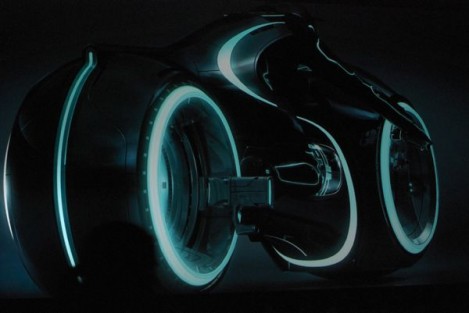
Tron legacy is the second part of the movie Tron, in 1982 and director Steven Lisberger, who happens to be a producer on the sequel.
The film is directed by newcomer Joseph Kosinski, and has been filmed in 3D in Disney Digital 3D and IMAX 3D. Is produced by Steve Lisberger, a writer and director of the original film Tron (1982) and the soundtrack is provided by the French electronic music group Daft Punk.


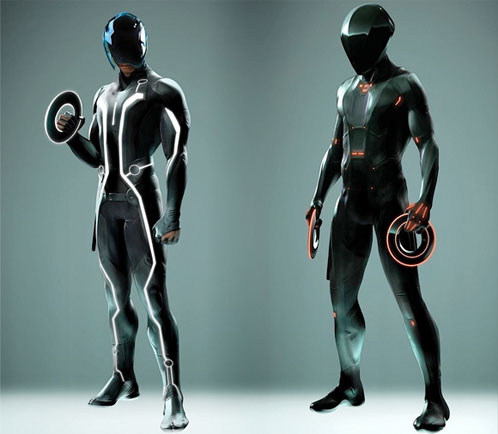
Seeing the movie, the first thing that caught my attention was the Tron universe. The design and decoration of sets, costumes, furniture, transportation items, cars, motorcycles, buildings, urban environment ... etc, not detract from the more avant-garde design or proposal today.

Gathering information discovered after the director of the film is a trained architect and all squared.
Clearly the creative ability of a person comes more from their training, but still not normal, creative an architect, a photographer or a designer with experience not only not contradictory but rather complementary to the development of life as a film maker.
In the school of architecture, Joseph Kosinski had to publish their work in the kind of critical teacher before returning to the drawing board to correct their mistakes. Years later, the same method used to encode the appearance of Tron Disney: The Legacy.

"I would gather all the designers, and went from cubicle to cubicle to discuss the ideas of another, " says Kosinski's directorial debut film that consumed his life since the summer of 2007 for the afternoon of November 17. "Not only did everyone feel involved, but the film began to have a coherent aesthetic. The look had to feel as if from one hand. There was a giant art team of about 50 people, and after a while you will not could say that the wine is the person. "
Kosinski business background has created a comfort level with the state of the art technology. "The good thing is that because the ads are short programs of production - from six to eight weeks, compared with 80 days of recovery - can be a playground for trying new things," he says.
The film has also broken new ground in 3-D technology. The fusion chamber system developed by James Cameron (who at the same time shot through dual lenses represent each eye) has been updated with Sony F35 cameras, that have dimensions of 35 mm CCD sensor to create the same sense of depth as the movie. Kosinski peer through the lens of the master, pulling in a lot of light. This was necessary because of the dim light of the costumes - mostly dressed in black, with thin lines of luminance. "The F35 combined with the first principal is the image of a movie camera that works well for 3D," says Kosinski. "The objects that are not falling to focus on a soft ground."
"I went by the beauty of science, geometric, simple, shiny surfaces," says Simon, who designed the concept car, Volkswagen, Lamborghini and Bugatti. "I was inspired by Japanese calligraphy and art, but we also knew we had to sell it in toy stores. - So you need to impress the children of two years (actually had some inquiries from manufacturers.)
Kosinski also considered a pride of 71 years of age, for an audience of high technology. Fire in the real world 2-D and 3-D world of Tron, in an homage to the scene of the Wizard of Oz, where Dorothy is a sepia tone Technicolor Munchkinland. "I liked the idea of using 3-D as a dramatic device," says Kosinski. "Let the change."

Four different programs rendering software used in the filming of the movie: Mental Ray (for CLU, an anthropomorphized computer program that looks like a young Jeff Bridges), V-Ray (for the world of Tron), RenderMan (for various technical elements) and proprietary code developed in visual effects studio Digital Domain to connect different programs.
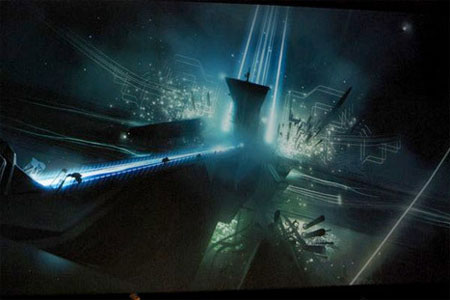
The man behind this film is a graduate of Columbia architect Joseph Kosinski. And the place where you graduated is not random, as he says in the video:
"I decided the type of architecture is the ultimate combination of interests that was creative and technical interests he had, so ... Colombia was one of the first institutions that was being architecture students the tools that designers and auto plants to Los Angeles visual effects used in movies ...
As a child, the futuristic world turns in evidence Tron blew my mind.
Therefore, I was excited to hear about Legacy Trong, a remake of the film. With details like Jeff Bridges back (version appeared in 1982) and a soundtrack of Daft Punk (who also stars as s "MP3" in the movie), I knew that this sequel would be to the level set by the original. "
In the words of Jeff Bridges:
I have the feeling that the film will not disappoint the fans of Tron, and it will be something worth looking at from the point of view of architecture.
What can an architect give to the cinema? Or rather, what do you get when 3D mashup genius trained architect and an aspiring filmmaker? Is it possible contribution of an architect, a painter, a photographer or a designer wing direction of a movie?
Bridges, who returns as his character in the original Tron, Hitfix said on the set of the film: "It is interesting to know different filmmakers and know where they come from and what they bring to the film and he is an architect and what the movie gets it you can see "
Kosinski took an engineering class with IDEO founder David Kelley, once the council has chosen the way of design and finished in the school of architecture at Columbia (then known by the introduction of high-end programs in architecture), where which was taught by the likes of Gregg Lynn.
With regard to the opinion of the designers: Neville Page, Christine Clarke, Simon Daniel and David Levy.
"When we started, I went back and looked at the original costume designs of Tron, and are literally old spandex and hockey helmets - everything was in boxes of Disney. I think, because they knew it would be to create the finished look of the film in the post, are really only a framework for what is seen in the finished film. When you see them, you realize you're a little low-tech to what we need right now."
" The only aspect that we all wanted was to keep the circuitry - the line of work. That was something that was part of our process, and discussions of what they wanted to keep and what we wanted to get away.
on microchips. If you look at the city from the top that looks like a computer chip and the roads taken and modified them, that is an inspiration for the shape of the city and its circuit."

 Jeff
Jeff 



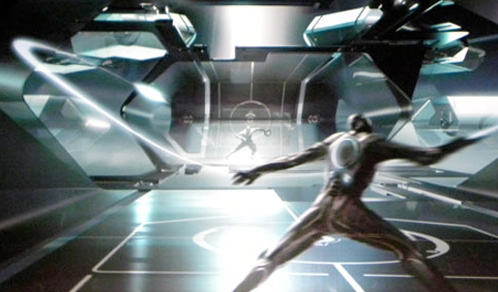












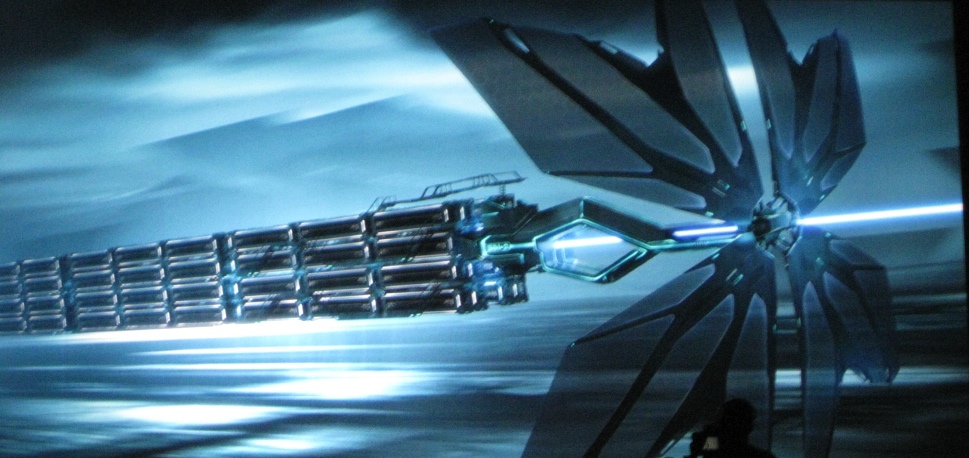
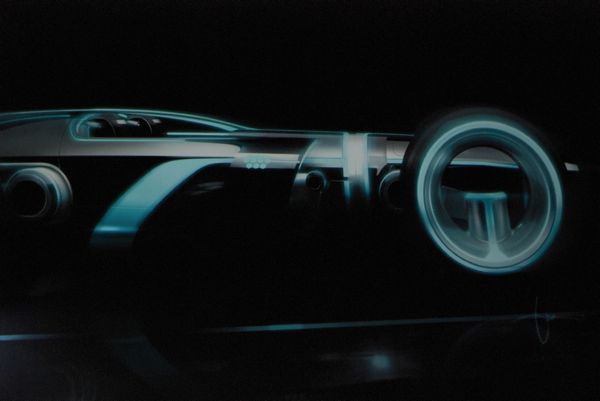

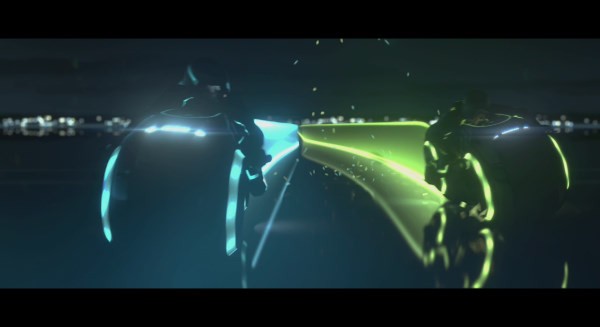
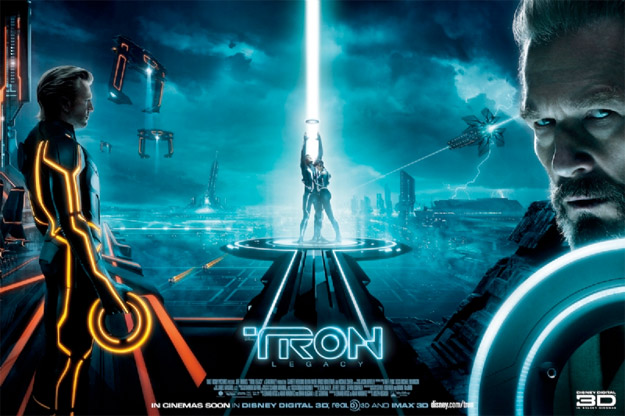


"I decided that the architecture would be the ultimate combination of types of creative interests and technical interests had had, so ... Colombia was one of the first institutions that was giving students the tools architecture designers Car and visual effects facilities in the Los Angeles were used in the film ... "
With Tron: Legacy behind them and launch other projects, Kosinski shown that finally got what he wanted: ". Exploring the blurred boundaries between architecture, film and graphic .
See the work in visual effects in the next video:



